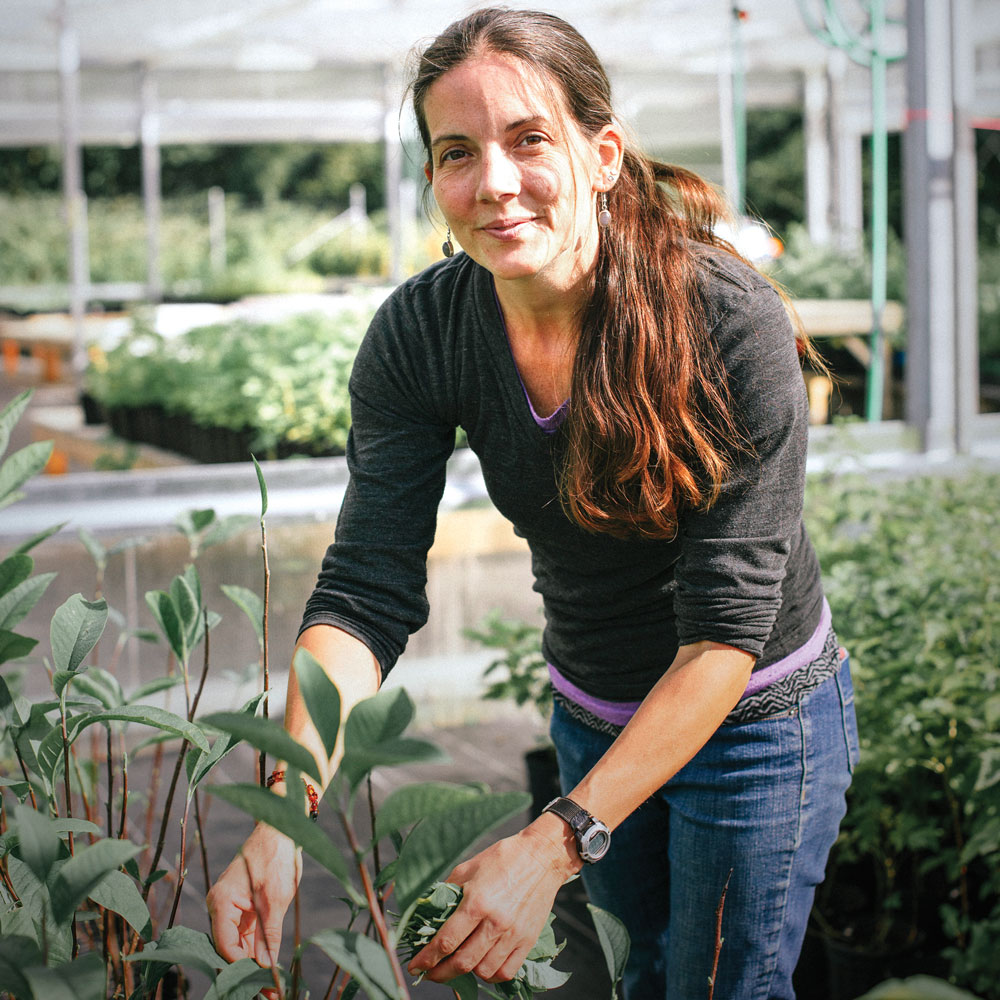We will sow in the next couple weeks. Camas is very slow-growing. It takes three to five years until they are big enough to bloom, and we have four growing seasons until the installation of the camas field planned for the New Burke. With these particular species, it’s a time commitment and a slow process of hoping and doing everything you can to ensure you have those plants ready to go.
The New Burke is going to showcase the living floral heritage of Washington state, and the camas field is a really unique landscape feature to attempt. The different ecosystems in the New Burke gardens—shady forest and sunny, exposed prairie—will show the diversity in our state and why that flora is important. It’s not just a landscape to passively look at—it’s something to actively experience.


